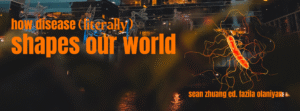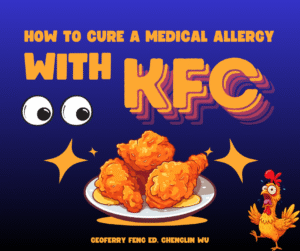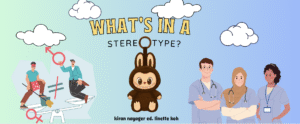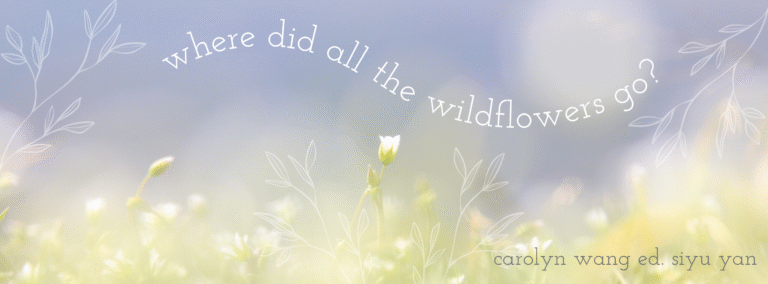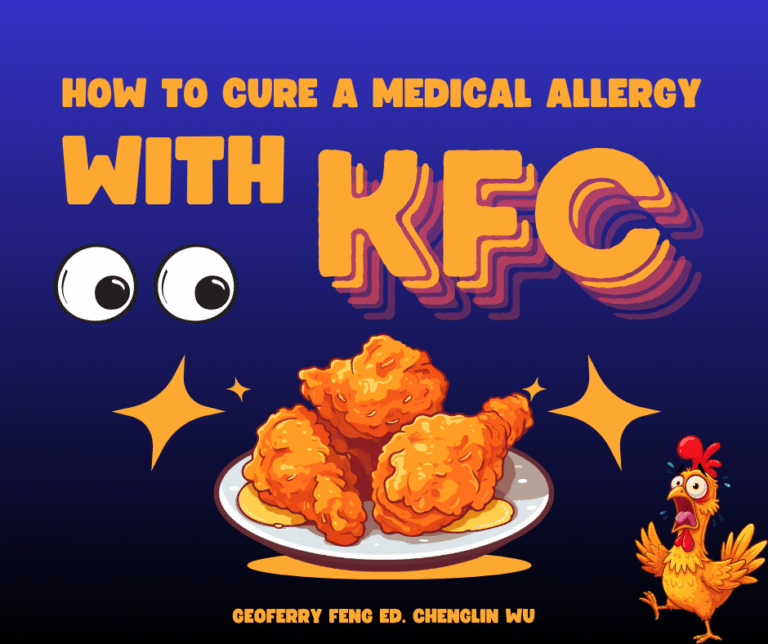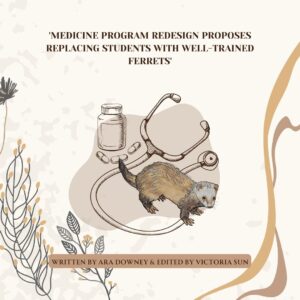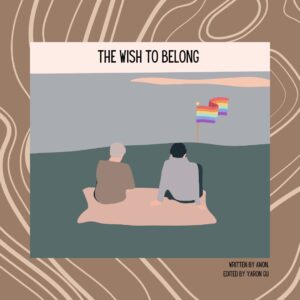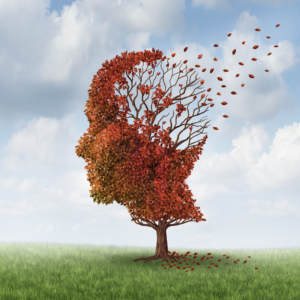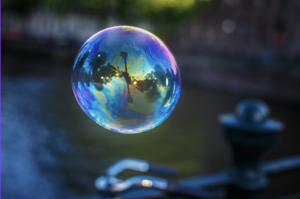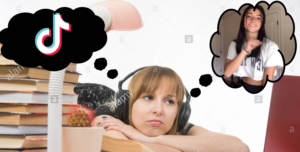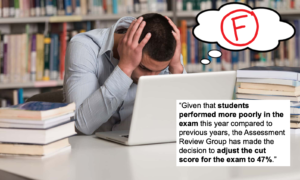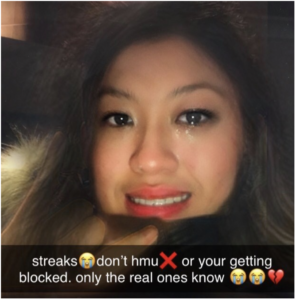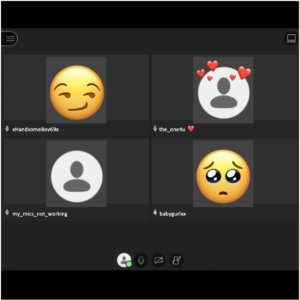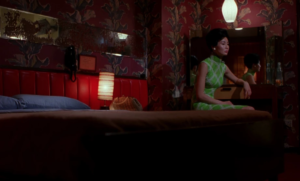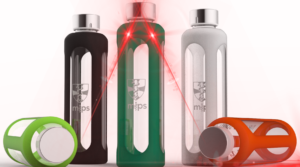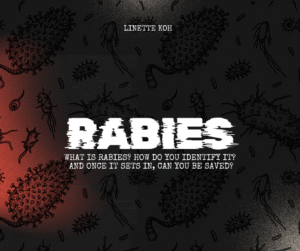
By Geraldine Yang, edited by Caleb Tan
Lately, it seems like medicine has been seeping into every part of my life. From the incessant intercom announcements to don my mask on public transport, to the influx of Moodle emails in my inbox, the threat of illness has taken on a remarkable urgency historically uncommon in my age bracket. It goes beyond a simple fear of respiratory disease and has transformed into something more omniscient, as evident by spending a few minutes on your social media platform of choice. Within seconds of unlocking my phone, I am greeted by memes about mask-wearing, $20 superfood smoothies, and dermatologist reviews of different sunscreen application methods. After a few cursory swipes, I close the app and begin to feverishly type into my search bar, filling up my history with such intellectually-enlightening queries of the likes of “what is spirulina” “how often apply sunscreen” and “30 vs 50 spf”. All of these occur under a minute, with a smattering of other unrelated interests and advertisements interspersed throughout my expeditious scrolling.
This rapid exposure to a spectrum of niche, health-related content is not one unique to my own social media experience. Rather, the user-generated nature of such platforms allow it to serve as a lucid reflection of cultural trends, fads and fears. In contrast to the mass media of the past, primarily manufactured by larger media conglomerates, social media is a more direct representation of modern desires and anxieties. The low barrier to entry enables nearly anyone to produce content – for better or worse, with the power of complex algorithms being harnessed to boost content that feeds upon our subconscious wants and anxieties. And while this allows for access to a seemingly unending source of personalised, deeply relatable entertainment, it goes without saying that this unregulated flow of information poses as a breeding ground for medical misinformation.
In particular, the 21st century has nurtured a new genre of entertainment – “medtertainment”. Perhaps exemplified in the disturbing allure of pimple popping videos, the race for digital engagement has resulted in the blurring of medicine and entertainment. The genre is wide in its variety – from reality shows like Dr Oz, to ChubbyEmu’s case-study summaries – there exists a spectrum of medical content both in its subject matter and scientific validity. To succeed on social media, health information can no longer merely be informative – it must also capture and maintain the attention span of millions. An attention span that is markedly evolving in nature.
Recent data from Google reveals that Gen Z is increasingly using TikTok and Instagram instead of traditional search engines. Our digital language has evolved to become more visual and simplistic. Infographics and slide-by-slide carousels are easier to digest than the extensive pages of text often uncovered by Google searches for health conditions. Meanwhile, the more intimate presentation of personal anecdotes on TikTok provide us with a sense of trust that is absent in the web pages of government health departments. As a result, our health literacy is becoming largely derived from 15 second chunks of info.
In a digital environment where new content is simply a swipe away, creators must fight to capture a rapidly decreasing attention span. This capitalistic motivation has led to the increasing employment of clickbait, traditionally reserved for advertising, to health-related information. Claims are exaggerated, facts duplicitously reinterpreted and simplified to create provoking headlines. In such environments, the advent of alternative medicine movements, such as anti-vaxxers, becomes more intelligible. At its core, such movements appeal to the inner fears and desires of those individuals in a way that mainstream medicine does not. Often, such individuals may have a reduced trust in the mainstream medical system due to mistreatment, or simply not feeling understood. Health professionals may not have had the time, resources, or training to properly engage with their concerns in a meaningful manner.
Alternative and holistic forms of medicine are not a new phenomenon, however, the accessibility and pervasiveness of medical disinformation on the internet has certainly made it easier for individuals to join these movements. The tailor-made nature of algorithms can potentially encourage and radicalise individuals with a dormant distrust in the medical system in a manner completely novel to the 21st century. And despite attempts at regulation (which often amount to no more than simple disclaimers or links to verified sources of information), it seems as if little can be done to combat this growing tide of medical disinformation without having to fundamentally change the mechanisms by which social media operates. At least, within the online sphere.
Perhaps, the key to opposing medical disinformation does not lie in attempting to beat the content creators at their own game, but rather targeting the structural factors that create distrust in the medical system. Instead of spreading public health messaging in the form of TikTok Dance Challenges, the true pathway to combatting disinformation is more tedious and time-intensive in nature. This can range from changing the way we communicate with disenfranchised populations to properly address their concerns, to incorporating more critical thinking skills in the curriculum. As technology continually exploits the psychological loopholes that capture our attention, we too, must evolve in the delivery of health education.



